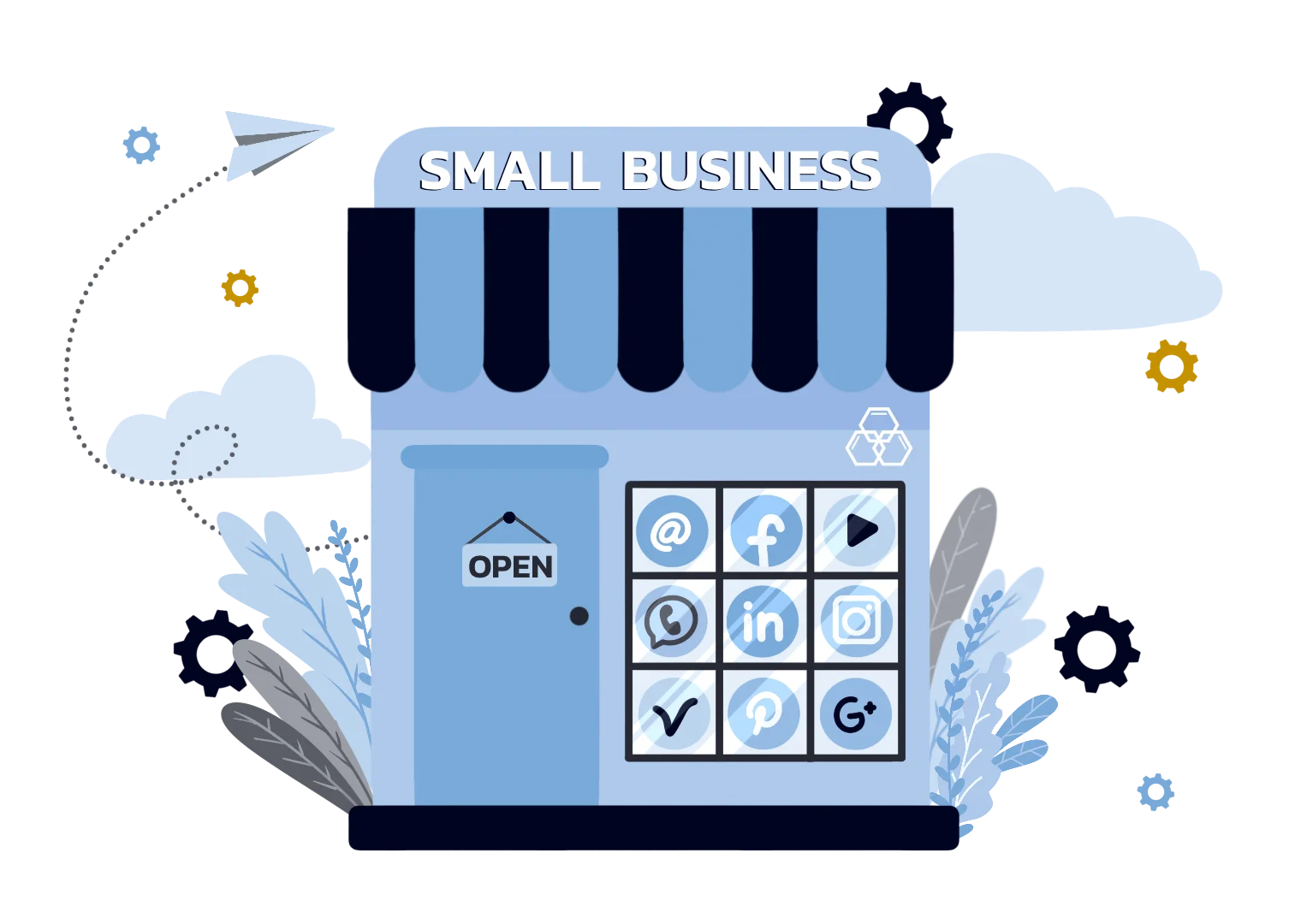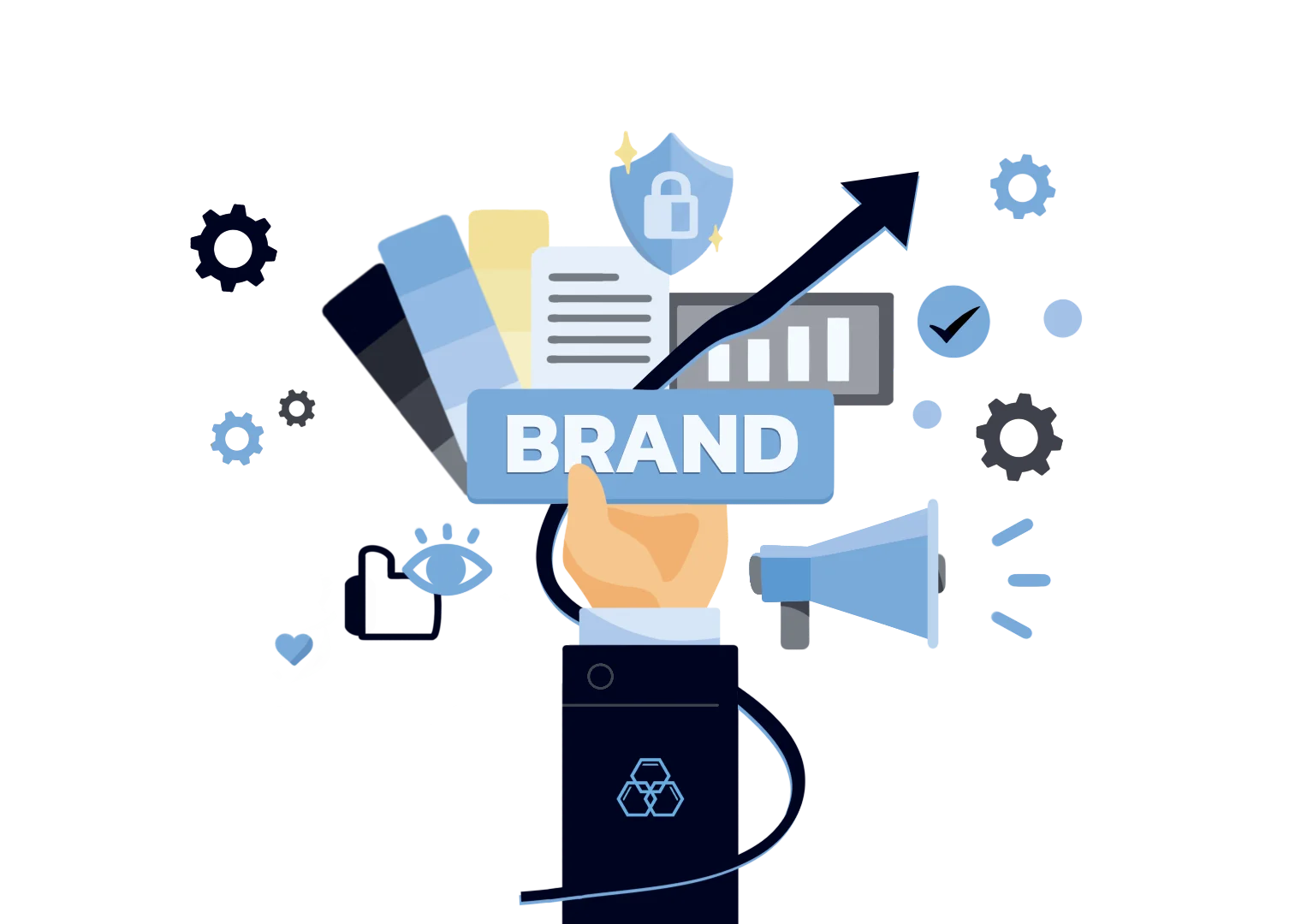Measuring brand efforts or awareness effort is vital in any business. Marketers would want to track their marketing effort and marketing performance by using brand key metrics like preference, awareness, and demand. This allows them to understand their consumer better to further know how to personalize and customize marketing campaign efforts and meet their needs. Measuring brand efforts ultimately will help business owners develop a solid brand and converts leads into sales.
Brand trust is crucial in a world where consumers rely on thorough research and the views of others before making a purchase. Once a customer has formed a link with your brand, they are more inclined to make repeat purchases with little to no thought - bridging the trust and loyalty gap.
People prefer to buy brands that they recognize. While this is true for all aspects of branding, it is exceptionally important in marketing your product or service. While a new startup may be able to get away with just starting up, many companies are already established forces not only in their industry but also in their local communities.
What are the best ways to Measure Brand Awareness efforts?
1. Your Overall revenue/leads increase
With all of the different success metrics that marketers may be asked to influence, it can be extremely helpful to understand which numbers you can actually affect and which ones you cannot.
It's critical to have a high-level understanding of what's going on with your company in order to build the correct campaigns and communicate effectively with everyone from finance to operations to product. It's easier to develop a clear picture of what everyone has to achieve if everyone agrees on which indicators are relevant. This will also help in making a big business decision in the long run.
2. Your Backlink Success
Keep track of the number of backlinks you've earned naturally and those you've tried to get as part of your marketing and PR strategy since these two types give you different information. An increase in organically acquired backlinks indicates that your material is well-received and valuable, and your website appears to be a trustworthy resource.
3. Search Popularity
Using tools like a keyword tool, search for your brand, your competitor's brand, and a few other top keywords. This method is an excellent way to track and measure brand awareness. Keep track of your findings over time to see if the number of branded searches has increased. For improved results, pay attention to homonyms and include typos in your searches.

4. Compare Your Earned Media Value With Competitors, Share of Voice
It's always a race to boost your brand awareness, but you also want to beat the competitors. When you track earned media value in relation to competitors, you can concentrate on different factors than when you track Share of Voice. Your DA, purchased and organic backlinks, and follower fan base are all factors in Share of Voice. Without any additional digital marketing activities, earned media value gives you an indication of how well your brand is valued, talked about, and known.
5. Employee Brand Advocacy Metrics
Employee-shared messages typically have a better reach and engagement than corporate messages, but determining the success of an Employee Advocacy campaign can be difficult. Employee brand advocates are beneficial to both Employer Branding and general brand recognition, so keep your staff happy and engaged, and they will undoubtedly help you raise your brand awareness.
6. Monitor Your Social Media Engagement
Word-of-mouth might account for up to 29% of your conversions, depending on your sector. Marketers may use social media to monitor and even create those conversations. The indicators listed above, as well as others, can help you gain a sense of how people are interacting with your brand online and how frequently your brand is mentioned. If your most recent video has been widely shared, there's a good chance it's resonating with your target audience.

7. Monitor and Measure Content and Social Channels and Activities
One of the easiest ways to gauge brand awareness is to monitor the quality and type of content you put out, and track the number of social media followers on your social media sites. The more followers you have, the higher your brand awareness is.
Keep track of social media shares, likes, and comments on social networks in addition to the number of followers you have. Remember to post frequently and with a variety of content kinds to generate strong engagement and expand your social media reach.
8. Do an Awareness Survey and interview people, Get Feedback from the customer
Questionnaires on your website can be used to gauge awareness campaigns or brand awareness by asking a customer or visitors how they found you or if they had heard of you previously. Another sort of survey would be to ask a random group of people to get consumer perception if they've heard of your brand and what pictures it conjures up in their minds. You can achieve this, for example, by hiring a public relations firm or organizing a social media campaign.
9. Measure and Study Referral Traffic
Referral traffic can be a strong indicator of how much value you're bringing to the website you're visiting. Often, this indicator is another important factor to consider in your analytics. The more traffic that comes through a site, the more likely it is to be valuable.
Referrals from penalized sources, for example, lower your quality score and, while they are invisible to visitors, they reduce your search visibility, which is bad for brand recognition! So don't get caught up in vanity metrics; instead, do your homework and concentrate on high-quality recommendations.
10. Study Growth in Direct Traffic using Google Analytics
The amount of direct traffic to your website is displayed in your web analytics tool like Google Analytics. You may get a sense of how well your brand is doing by looking at the increase in direct traffic over time. Using Google Analytics, compare the amount of direct traffic from one time period to another, while regularly checking on the bounce rate. As more people become interested in your brand, they are more likely to spend more time with you, and the number of quick bounces should decrease.
Final Thoughts
And that’s it! Keeping your head down and trying to go big eventually becomes a game of vanity, and you run the risk of alienating your audience. Don’t just focus on the numbers– there's more to it than data.
Follow these strategies for measuring branding efforts and you’ll have a loyal audience that recognizes your brand among your competition, buys your products repeatedly, and tells their friends and family to do the same.






